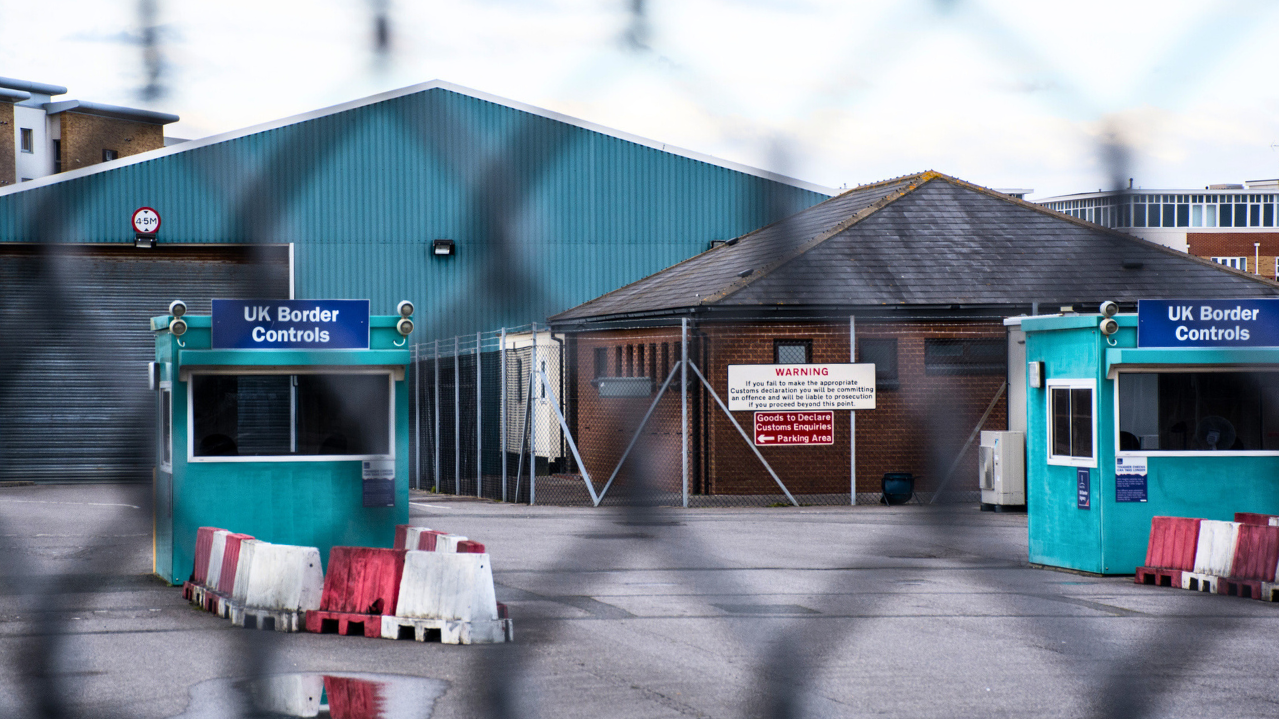The Illegal Migration Bill proposes to prevent the government from hearing people’s asylum claims if they entered the UK without authorisation. The Bill also contains a provision that would impose a ‘duty’ on the Home Secretary to try to remove such people, primarily to ‘safe third countries’.
One consequence of this approach is that people who have made asylum claims, and who—under the current system—would have been refused, would not be returned to their country of origin.
This is because if the government does not process people’s asylum claims, it will be unable to establish whether it would be safe to return them there. The legislation does not envisage sending people back to their countries of origin unless they are from an EEA country or Albania (Clause 52(3), pages 53–54), which the government views as being “safe”. Most asylum seekers are not from these ‘safe’ countries: 82% in 2022.
New data obtained by a Freedom of Information request shed light on the potential impacts of prioritising removing asylum seekers to ‘safe third countries’, while largely abandoning the idea of removing refused asylum seekers to their own countries. Historically, most returns of unsuccessful asylum seekers have been to their home countries (Figure 1). In recent years, the majority of people who had made an asylum claim prior to their enforced removal or voluntary departure from the UK went back to their home country, not to a safe third country: in any given year from 2010 to the year ending September 2022, between 78% and 87% of asylum returnees were to home countries (Figure 1).
Of course, the government’s strategy depends on changing this trend, by increasing removals to safe third countries such as Rwanda. However, this shift may come at the expense of fewer returns to home countries.
Figure 1
By way of illustration, in recent years, India has typically ranked in the top 15 most common countries of nationality for asylum applicants in the UK. And in the first quarter of 2023, the number of Indian citizens arriving via small boat was not trivial: around 700. Yet Indians typically have a low asylum success rate at initial decision: 4% in 2022. India is not on the list of safe home countries. Therefore, under the Bill, Indians’ asylum claims will not be considered. If their claims are not considered, they will not be removed to India.
Returns of people refused asylum have fallen substantially over time. But the data from a decade ago suggest that returning much higher numbers of people who receive negative asylum decisions is in theory feasible. The Bill implicitly abandons the idea of doing this again in future.
If people in this situation cannot be removed to safe countries—something the UK does not have a track record of doing—under the proposed measures, the UK will end up accommodating and supporting them indefinitely. For more discussion, see our briefing on UK policies to deter people from claiming asylum.
Acknowledgements
This research was made possible thanks to the support of Oak Foundation. The author is most grateful to CJ McKinney for detailed comments on a draft of this commentary.







Home / publications / commentaries /
Diminishing returns? Does the Illegal Migration Bill mean the government is giving up on returning refused asylum seekers?
26 Apr 2023